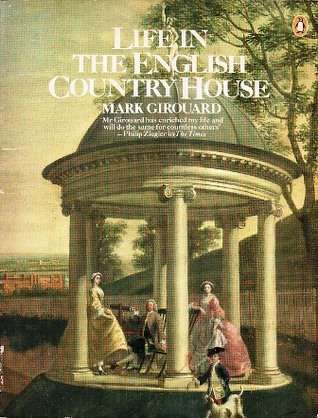
Life in the English Country House: A Social and Architectural History (Yale University Press)
Check my rate
| Main centres: | 1-3 business days |
| Regional areas: | 3-4 business days |
| Remote areas: | 3-5 business days |

| Main centres: | 1-3 business days |
| Regional areas: | 3-4 business days |
| Remote areas: | 3-5 business days |
Published by Yale University Press, 1979, hardcover, illustrated, index, 343 pages,condition: as new..
The English country house has flourished over the centuries because of its ability to adapt to the changes in English society. This book is an account of the ways in which the upper-class life style were reflected in the houses in which the wealthy and powerful lived. First published in 1978, this is a history of the English country house from the point of view of its owners and users. Ranging from the Middle Ages to the world of Evelyn Waugh, the author also discusses and illustrates how the life of the upper classes shaped their country houses, how they entertained and were served, how they ran the country and their estates and how they reconciled personal privacy and public display.
As advertised, Girouard explains the social and architectural history of large English country houses. Beginning with medieval times, he describes the different periods, the transitions from one period to another, and what drove the changes. Through this two-pronged history, Girouard gives a full view of British aristocratic families and their customs. He also describes the people that worked within these homes (housekeepers, butlers, maids, footmen, gentlemen servants, yeoman servants, etc., etc.) at each different period and the social arrangements through time. It's a fascinating history.
My interest in reading this book was more for the social history than the architectural history, but the two go together. As Victor Hugo said: "architecture has been until the fifteenth century the principle register of humanity," and "human beings [prior to the printing press] thought of nothing of importance that they did not write on stone." Hugo's observation was true for the English estates. How they built houses reflected how they lived.